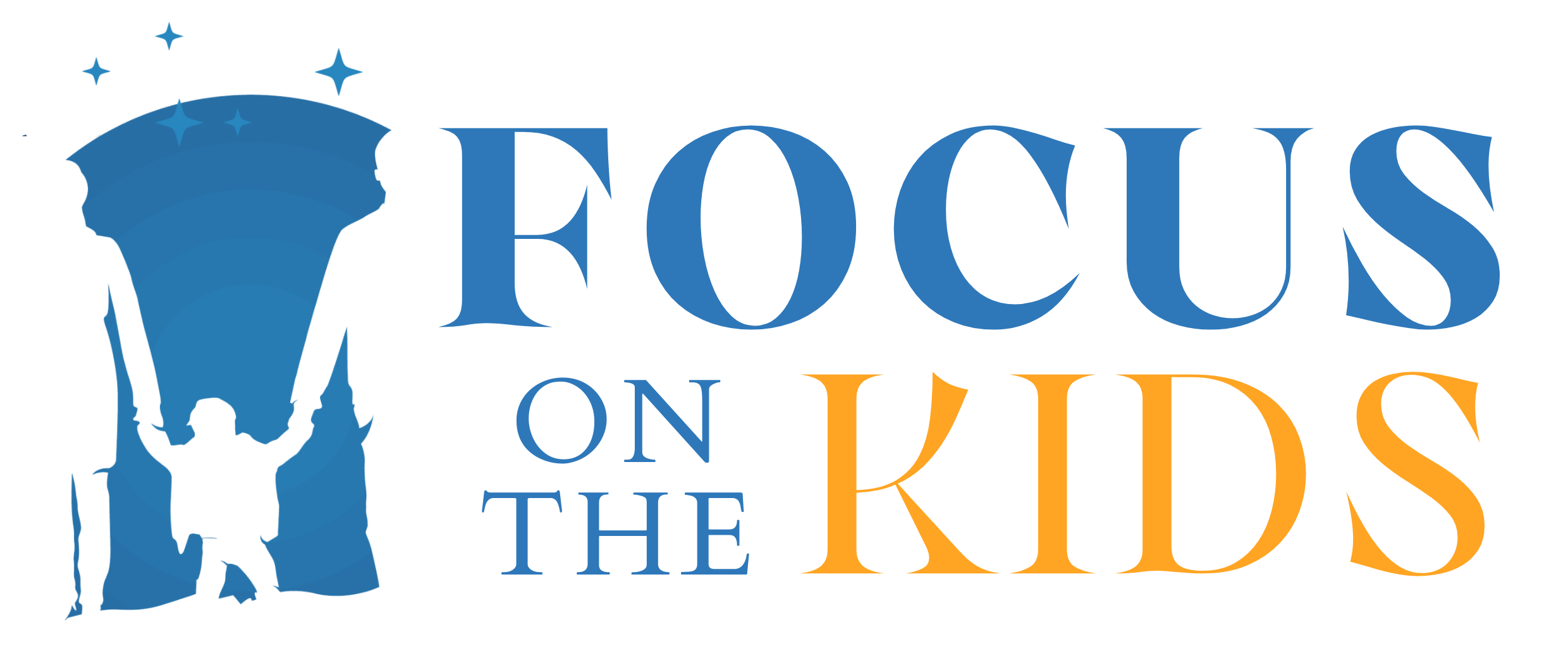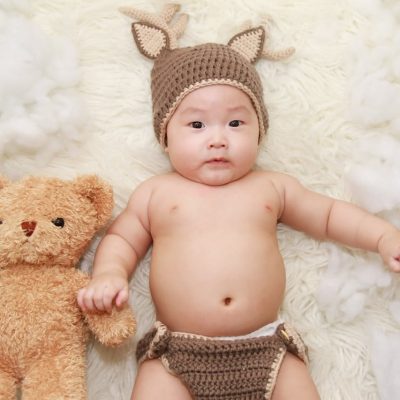Parenting is a beautiful yet demanding journey. Babies are tiny bundles of joy, but they are also little humans who experience stress, fatigue, and overstimulation. Just like adults, sometimes a baby needs a break. Learning to recognize the subtle (and not-so-subtle) signs your baby gives when they need downtime is key to keeping them happy, healthy, and well-adjusted. In this article, we’ll explore the signals, what they mean, why they happen, and how you can respond to your baby’s needs in 2025, with real insights and research-based advice.
Why Babies Need Break
Babies are constantly learning—about their environment, their bodies, and the people around them. This rapid growth and discovery can overwhelm their developing brains and nervous systems. Just like you might feel frazzled after a long workday, babies can also reach a point where everything feels “too much.”
Breaks are critical for:
- Emotional regulation: Babies learn to self-soothe when given downtime.
- Brain development: Sleep and calm moments help the brain process new experiences.
- Physical health: Overstimulated babies often eat and sleep less, which can impact growth.
Recognizing these signals helps you:
- Prevent meltdowns and stress
- Support your baby’s cognitive development
- Create a nurturing, predictable environment
Common Signs Your Baby Needs a Break
1. Turning Away From Stimuli
When your baby suddenly looks away from toys, people, or lights, it’s often a clear sign they’ve had enough stimulation. They may bury their face into your chest or twist their head away.
2. Crying That Escalates
While crying is normal, escalating cries that don’t improve with feeding, changing, or cuddling often mean your baby needs quiet time. Think of it as their way of saying, “I need space.”
3. Clenched Fists or Stiff Body
Physical tension, like clenched fists, arching the back, or stiff arms and legs, can signal sensory overload. This may happen after loud noises, bright lights, or crowded settings.
4. Yawning, Rubbing Eyes, or Pulling Ears
These are classic tired cues. Sometimes parents mistake these for boredom, but they’re strong signals that your baby needs rest or downtime.
5. Sudden Fussiness After Play
If your baby goes from giggling to crying after a short play session, it could be overstimulation. Play is wonderful but even enjoyable activities can overwhelm babies.
6. Difficulty Feeding
Overwhelmed babies might refuse to feed, pull away from the breast or bottle, or struggle to latch. It’s not always about hunger—it may be about needing calm.
7. Hiccups or Sneezing
Believe it or not, repeated hiccups or sneezing in infants can sometimes be subtle indicators of stress or fatigue, especially when paired with other cues.
8. Zoning Out or Glazed Look
A baby who suddenly seems to “tune out” or stare blankly might be self-regulating by taking a mental break. This doesn’t mean something is wrong—it’s their protective response.
Why Overstimulation Happens
In today’s world, babies are surrounded by sensory input—bright lights, noisy toys, TV screens, and busy schedules. Add to that the developmental leaps happening in their brains, and it’s no surprise a baby needs a break to process everything.
Research from the American Academy of Pediatrics highlights that overstimulation is one of the most common causes of fussiness in infants. Unlike adults, babies lack coping strategies, so they rely on parents to notice and respond.
How to Respond When Your Baby Needs a Break
1. Create a Calm Environment
Dim the lights, turn off background noise, and provide soothing touch. A quiet space helps your baby reset.
2. Offer Skin-to-Skin Contact
This is especially helpful for newborns. It regulates their heartbeat, breathing, and stress levels.
3. Swaddle or Use a Sleep Sack
For younger babies, swaddling provides a secure, womb-like feeling. For older infants, a sleep sack is a safer option.
4. Provide Gentle Rhythmic Movements
Rocking, gentle bouncing, or a walk in the stroller can soothe a baby’s overstimulated nervous system.
5. Respect Nap Times
Skipping naps can worsen overstimulation. Stick to a routine whenever possible to give your baby predictable downtime.
6. Limit Visitors and Outings
Too many new faces and places in one day can overwhelm your baby. Try shorter, calmer visits instead.
7. Offer a Comfort Object
Some babies self-soothe with a soft blanket or pacifier. These can help signal it’s time to wind down.
Preventing Overstimulation
Being proactive is just as important as responding. Here’s how to reduce the chances your baby needs a break:
- Follow wake windows: Each age has a typical wake time before babies become overtired. For example, a 3-month-old may only manage 90 minutes.
- Introduce new experiences gradually: Don’t overwhelm your baby with too many toys or faces at once.
- Monitor screen time: The World Health Organization recommends no screen time for babies under 2 years old.
- Create daily quiet time: Schedule short periods with no music, no toys, and minimal talking—just peaceful bonding.
Long-Term Benefits of Responding to Break Cues
- Improved sleep habits: Babies who are supported in winding down rest better.
- Stronger attachment: Responding to cues builds trust between you and your baby.
- Healthy brain development: Rest allows the brain to consolidate learning.
- Reduced parental stress: Understanding cues prevents frustration for both baby and parent.
When to Be Concerned
Occasional overstimulation is normal. But if your baby seems constantly irritable, unresponsive, or struggles with feeding and sleep despite calm routines, consult your pediatrician. Persistent signs may indicate reflux, sensory processing differences, or other health issues. Resources like HealthyChildren.org can provide additional guidance.
Practical Tips for Parents in 2025
- Use Baby Tracking Apps – Tools like Huckleberry and The Wonder Weeks help you track signs and behaviors.
- Noise-Canceling Headphones for Babies – Ideal for events like weddings, concerts, or plane rides.
- Mind Your Own Stress – Babies sense caregiver stress. Practicing mindfulness, yoga, or short breaks benefits both of you.
- Balance Activity with Rest – Don’t over-schedule your baby with constant playgroups or classes. Downtime is equally valuable.
- Follow Evidence-Based Parenting Trends – In 2025, experts emphasize responsive parenting, meaning parents adjust to baby cues instead of rigid schedules.
Real Parent Stories
- “I thought my daughter hated playdates, but I realized she just needed breaks halfway through. Once we added downtime, she enjoyed them so much more.” – Jenna, mom of two.
- “My baby always rubbed his eyes, and I assumed he was bored. Turns out, it was his way of saying he was exhausted.” – Miguel, first-time dad.
- “I used to push through with outings even when my son cried, but now I recognize his cues. Our days are so much calmer.” – Aisha, single mom.
Conclusion
Babies don’t come with instruction manuals, but they do communicate—just in nonverbal ways. Understanding when your baby needs a break helps you create a calm, supportive environment that nurtures growth and bonding. By spotting the signs early and responding with patience, you’ll not only reduce meltdowns but also build trust and security with your little one.
Remember: sometimes the best gift you can give your baby is simply the gift of quiet and rest.
FAQs
1. Can a newborn really be overstimulated?
Yes. Even young babies can become overwhelmed by noise, light, and activity.
2. How long should breaks last for babies?
It depends on the baby. Some only need a few minutes of quiet; others may need a full nap.
3. Are signs of overstimulation the same as colic?
Not always. Colic is persistent, inconsolable crying, while overstimulation often eases with calming strategies.
4. Should I avoid social outings with my baby?
No. Just plan breaks during outings, and be mindful of how long your baby can handle new environments.
5. When should I see a doctor about fussiness?
If fussiness is constant and not relieved by soothing, or if your baby struggles with feeding or growth, consult your pediatrician.
















